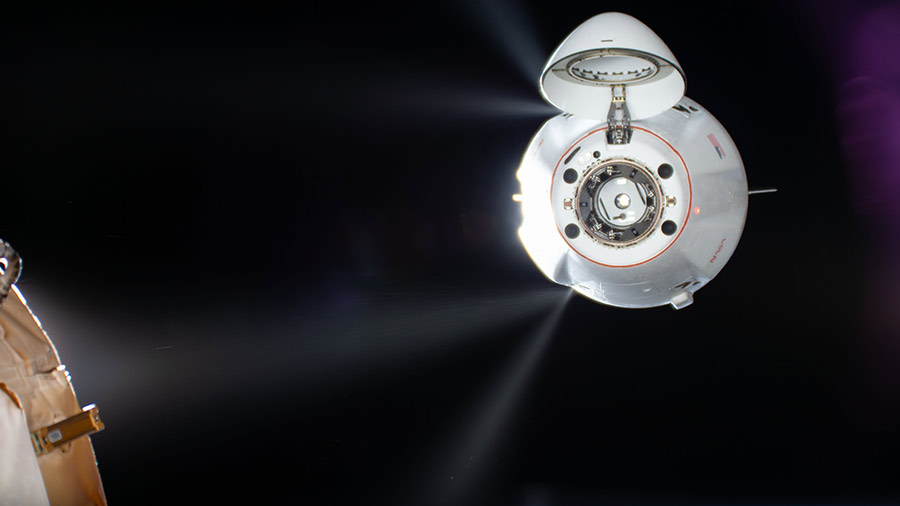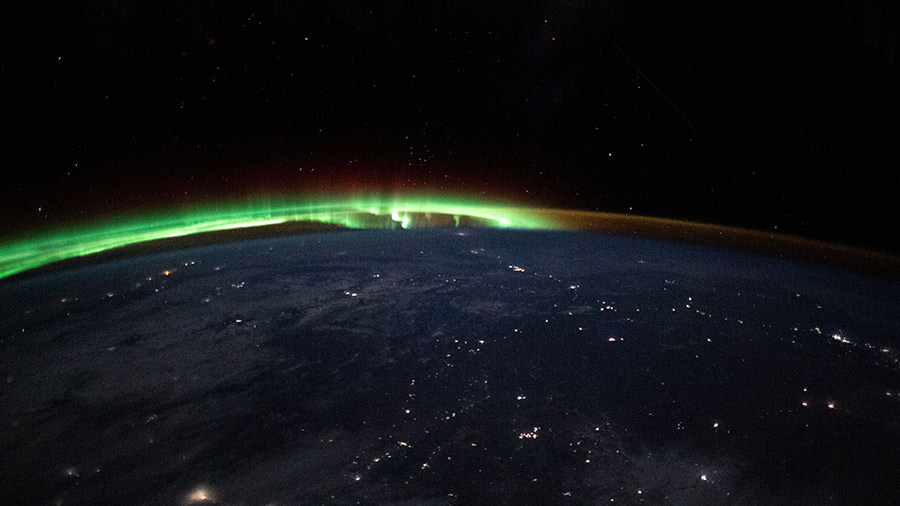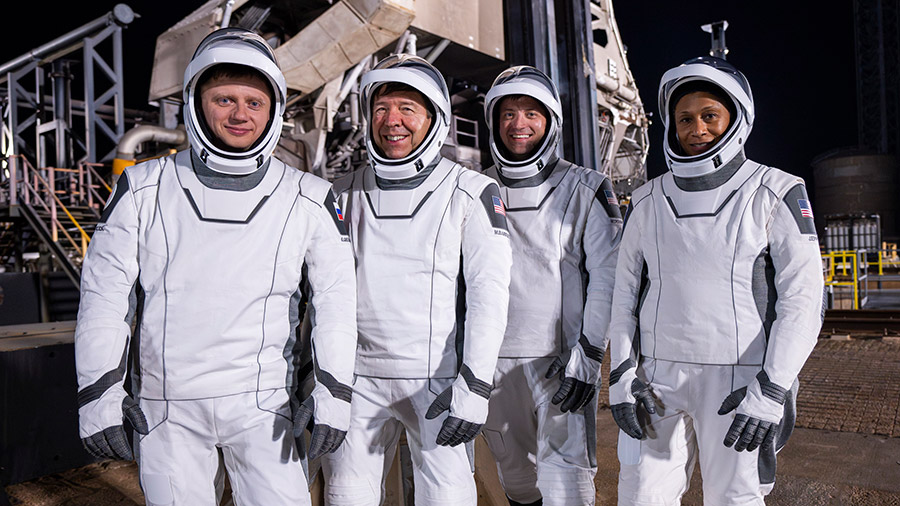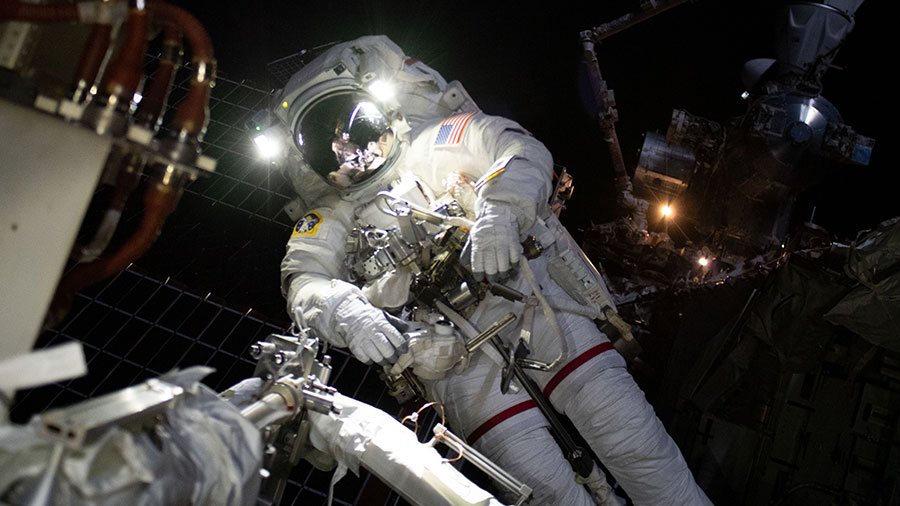
The Expedition 70 crew and robotics controllers on the ground were busy unloading a U.S. cargo craft today. The International Space Station residents are also activating new science experiments to reveal how microgravity affects humans.
The astronauts and teams on the ground are working together today unpacking some of the nearly 6,500 pounds of science, supplies, and hardware delivered inside the SpaceX Dragon cargo spacecraft on Saturday. Commander Andreas Mogensen worked inside the commercial resupply ship on Tuesday disassembling some of the loaded crew bags strapped inside Dragon. The ESA (European Space Agency) astronaut then moved the smaller cargo items through the hatch and into the station to replenish the crew. Mogensen also supported a pair of space botany experiments to help sustain crews traveling farther away from Earth.
Mission controllers from the U.S. and Japan coordinated their robotics activities to retrieve and install some of the heavier science hardware delivered inside Dragon’s unpressurized trunk. The U.S. engineers remotely controlled the Canadarm2 robotic arm to extract the new ILLUMA-T laser communications experiment stowed in Dragon. The JAXA (Japan Aerospace Exploration Agency) robotics controllers were standing by as the Canadarm2 handed off ILLUMA-T to the Japanese robotic arm for installation on the Kibo laboratory module.
NASA Flight Engineer Loral O’Hara worked throughout Tuesday on a new investigation for a deeper understanding of the aging process. She processed human cell samples for incubation and stowage in a science freezer. The cell samples are being cultured in space and compared to samples on Earth to observe cell stress, metabolism, and other characteristics that may contribute to accelerated aging processes in humans living on and off the Earth.
Astronauts Jasmin Moghbeli and Satoshi Furukawa partnered together treating cell samples inside the Kibo lab for the Cell Gravisensing-2 study. The duo retrieved samples from an incubator, observed them in a microscope, then inserted them into a science freezer for later analysis. Observations will help researchers learn how cells respond to the lack of gravity promoting space biology and improving treatments for ailments on Earth.
Moghbeli from NASA also installed computer gear inside the Combustion Integrated Rack that enables the safe research of fuels and flames in weightlessness. Furukawa from JAXA routed cables and set up a laptop computer that will support operations for the ILLUMA-T laser technology study.
The orbiting lab’s three cosmonauts spent Tuesday focusing on their array of research and maintenance tasks for Roscosmos. Cosmonaut and five-time station visitor Oleg Kononenko inspected the Zvezda service module with inputs from specialists on the ground. Flight Engineer Nikolai Chub photographed the internal condition of the station’s Roscosmos modules for analysis then strapped on a sensor-packed cap and practiced futuristic piloting techniques. Finally, Flight Engineer Konstantin worked on orbital plumbing tasks, updated computer tablet software, and photographed landmarks on Earth for study.
Learn more about station activities by following the space station blog, @space_station and @ISS_Research on X, as well as the ISS Facebook and ISS Instagram accounts.
Get weekly video highlights at: https://roundupreads.jsc.nasa.gov/videoupdate/
Get the latest from NASA delivered every week. Subscribe here: www.nasa.gov/subscribe




